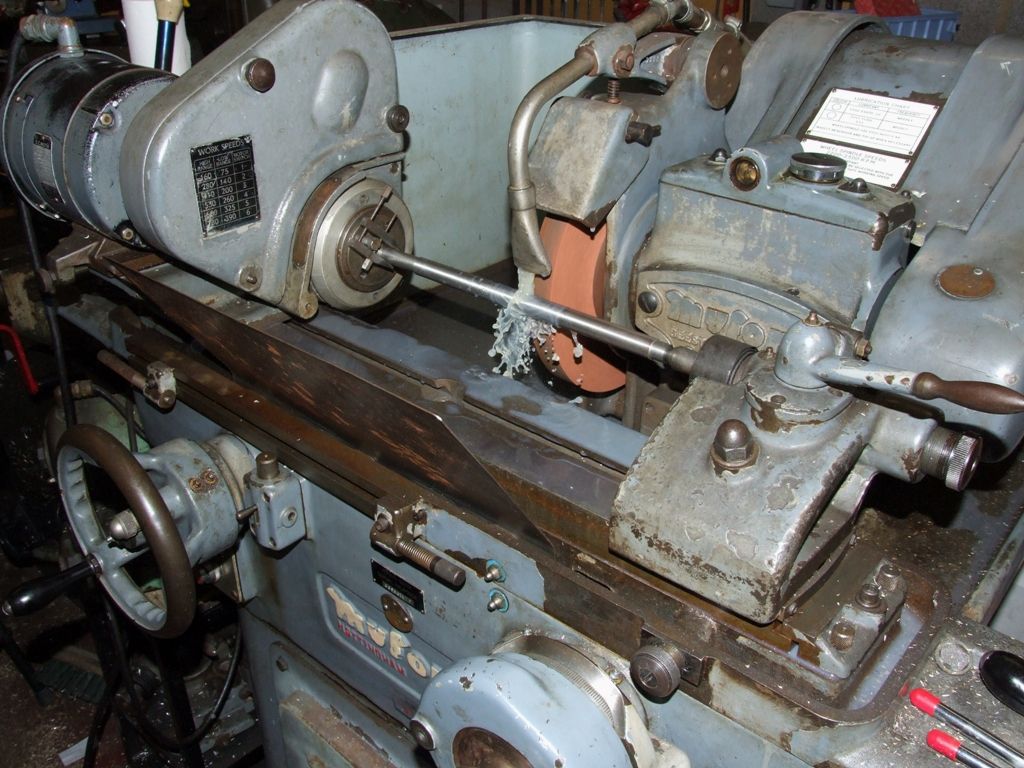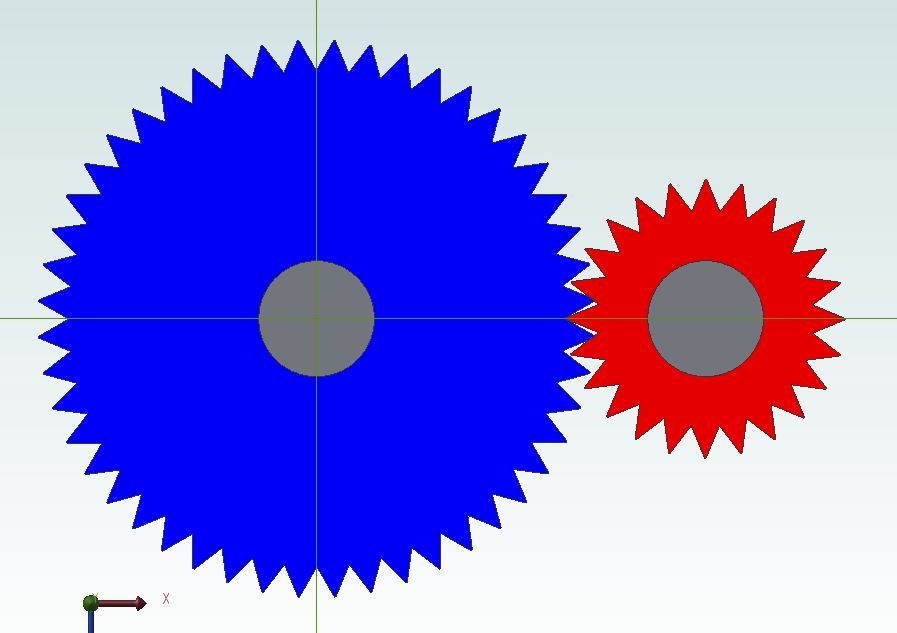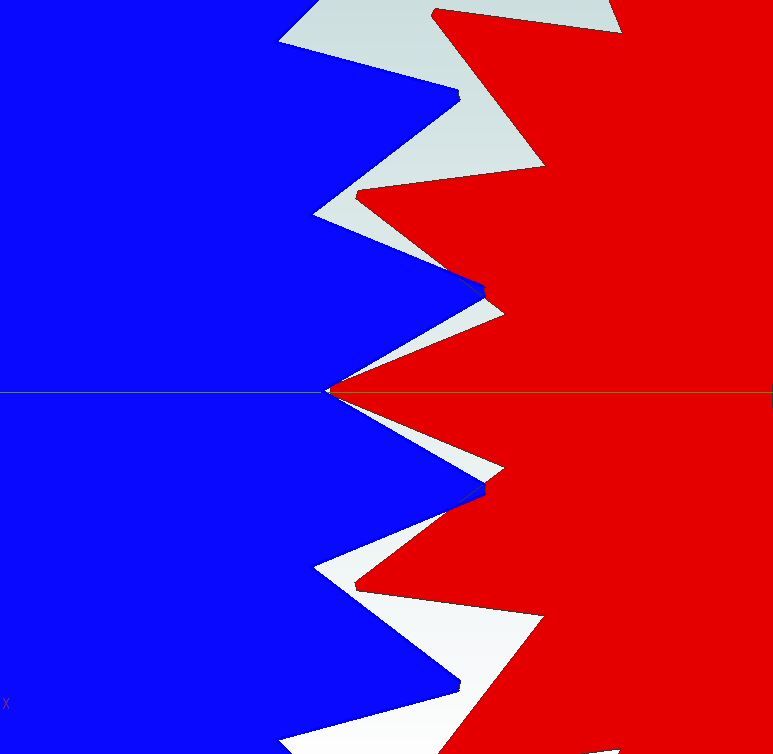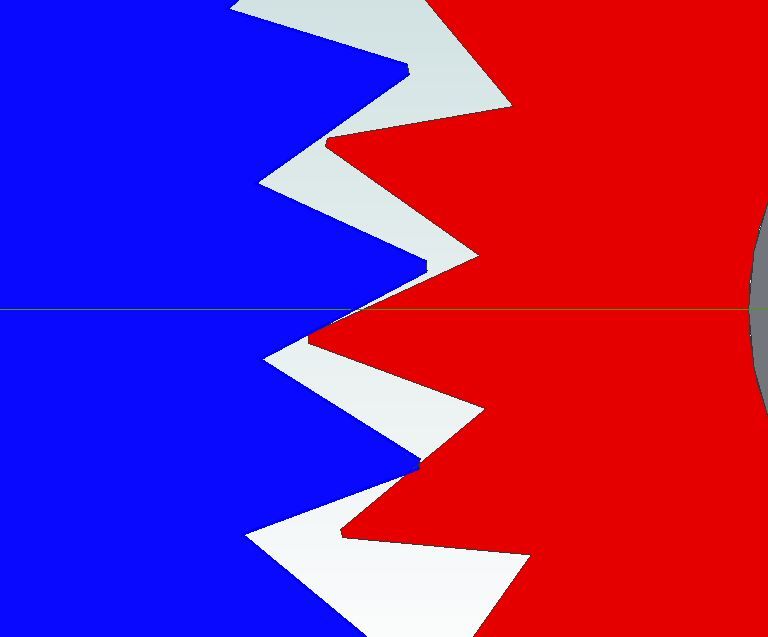Caustic commentators on this thread must remember its Title "Spur Gears – a rogue method"
If you want to pursue the conventional route on this topic by making precision standard gears then this thread is definitely not for you – it has nothing to offer that mindset, walk away.
My examination of free hobbing is more akin to blacksmithery. The Artisan didnt have equipment to drill holes, he heated up metal and punched holes (even square holes). You would hardly have described it as precision engineering but it served its purpose. Just look at the craftsmanship in a horse shoe, note square holes and wrought square nails – dont twist and loosen. These are slightly tapered so that the thin ends curl up as they are hammered into the hoof and dont fall out – thats smart.
The pursuit of free hobbing which started with using taps – (as is done in making worm gears quite successfully btw – I dont hear any howls of disagreement on that score) and extended to spur gears has been roundly discredited for many reasons clearly explained as per foregoing posts.
And I agree – it results in a non standard form
Yet more by accident and in spite of the naysayers, I managed to produce some credible meshing model gears using the method of slitting a large bolt and this tool is currently under development , waiting for parts, and is showing promise.
I am hoping that with a more precisely made gr 8.8 tool I can predict the number of teeth I will get and also the workable distance between centers.
These rogue gears will never approach the quality of precision gears made by conventional methods and they were never intended for that purpose. I expect them to function as workable gears for light duty by a DIY method available to those with limited workshops who would otherwise never considered knocking up a gear train.
So to all amateurs, hamateurs amatures, armatures, armchairs and nearly 18,000 views, lets not resort to machinist' righteous bigotry give the Blacksmith some room maybe his tool might fly
WaM
Martin Kyte.










